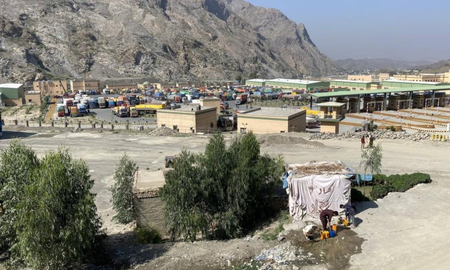Copyright news18

The idea of cloud seeding has once again caught public imagination as a technological solution that could bring relief from Delhi’s air crisis. The concept appears simple enough: disperse tiny particles such as silver iodide or sodium chloride into the atmosphere so that they act as condensation nuclei, encouraging water droplets to form, merge, and fall as rain. Yet, the science of rainfall is never that simple. For cloud seeding to succeed, several delicate conditions must align — adequate moisture, the right type of cloud, a suitable temperature range, gentle updrafts, and just enough time for condensation to mature into rainfall. Wind speed, the height and density of the cloud, the concentration of existing aerosols, even the electrical charge within the cloud, all influence whether raindrops will grow or evaporate mid-air. Almost all of these factors are beyond human control. We cannot create clouds or dictate wind. We can only wait for a window of opportunity and intervene modestly. That is why the success rate of cloud seeding seldom crosses twenty per cent if we remove rainfall that might have occurred anyway. At the opportune moment, it might rain in any case. Human intervention only nudges the probability; it does not guarantee an outcome. Over a number of trials, the chances may improve — however slightly — and that is what makes continued learning valuable. The trick, as always, is to start with humility and to learn with humility. Each attempt should be treated as an experiment, recorded carefully and studied dispassionately, not declared a triumph. There is also a larger truth, often missed. The atmosphere is a shared common. When we induce rain at one place, we may be depriving another of its share. Moisture that condenses prematurely will not travel further downwind. Studies from Israel, the American Rockies, China’s northern plains, and Australia’s Snowy Mountains have all shown this pattern — localised gains often accompanied by reduced rainfall elsewhere. We can choose where and when moisture falls, but we cannot create new water in the system. That is why cloud seeding is as much a moral and ecological question as a technical one. Even when cloud seeding works, the outcome is often modest. The rainfall may not be city-wide; it might touch only one sector and miss another. It may not be intense enough to wash pollutants out of the air. The overall regional gain may be negligible, since the moisture budget remains finite. In effect, it is like sprinkling water from a great height — dramatic to watch, but limited in what it achieves. What remains far more within human control is what we do on the ground. Regular sprinkling of water along roads, keeping open areas green, paving road shoulders, and extending greenery across the airshed can deliver tangible results day after day. These are unglamorous tasks, but they are dependable. The desire for quick fixes is always tempting; cloud seeding looks exciting, but it risks diverting attention from the persistent, disciplined effort that air pollution management demands. There are no instant answers to a problem that took decades to create. Questions about long-term impacts also remain. The use of sodium chloride or silver iodide as seeding agents has been studied, but the cumulative ecological effects need closer examination. This is not an argument against trying. It is an argument for humility — to recognise that rains will not come when we wish, but when nature allows. When the opportunity arises, we can be ready to give it a nudge. If we act with patience, record our experiences and learn systematically, a local protocol will evolve over time — one that will tell us what we can hope to achieve, and what lies beyond us. Ultimately, the air we breathe will not be cleansed by ambition alone. Cloud seeding can play a limited, opportunistic role, helping when natural conditions favour it. But the real work lies below the clouds — in keeping dust under control, sustaining green cover, and tending the everyday discipline of clean air. The atmosphere rewards patience, not haste. CK Mishra is the former secretary of MoEF&CC and AK Mehta is the former Chief Secretary, J&K, and ex-chairman, CPCB. Views expressed in the above piece are personal and solely those of the author. They do not necessarily reflect News18’s views.



